Planting green manures
Green manures are plants that store nutrients that they either absorb from the air, in the case of legumes, or from water in the soil through their deep roots. They release their goodness when composted, but rather than adding them to a bin you simply dig them into the ground where they are growing. You can sow green manures from spring to autumn, depending on how you want to use them.

Green manures such as phacelia are composted directly in the ground where they have been growing.
Why plant green manures?
The plants that act as green manures have many benefits for the gardener. They increase soil fertility and improve its structure, increasing the moisture content of light sandy soils and the drainage in clays. Green manures belonging to the pea and bean family (legumes) are especially good for poor, infertile soils. They grow in a symbiotic relationship with bacteria that take nitrogen gas from the air in the soil and transfer this to nodules on the legumes’ roots. When dug into the soil, these green manures release their nitrogen, which plants take up and use to produce healthy foliage (see Using Compost as plant food).
The leafy canopies and dense roots of green manures also help to suppress weed growth and to protect soils from erosion during droughts and storms. In addition, many produce pollen- and nectar-rich flowers that attract beneficial insects such as bees and hoverflies; the latter also eat aphids and help to keep these pests at bay. The combined benefits of green manure plants create ideal growing conditions for many crops, and flowers too, if you are making a new ornamental garden.
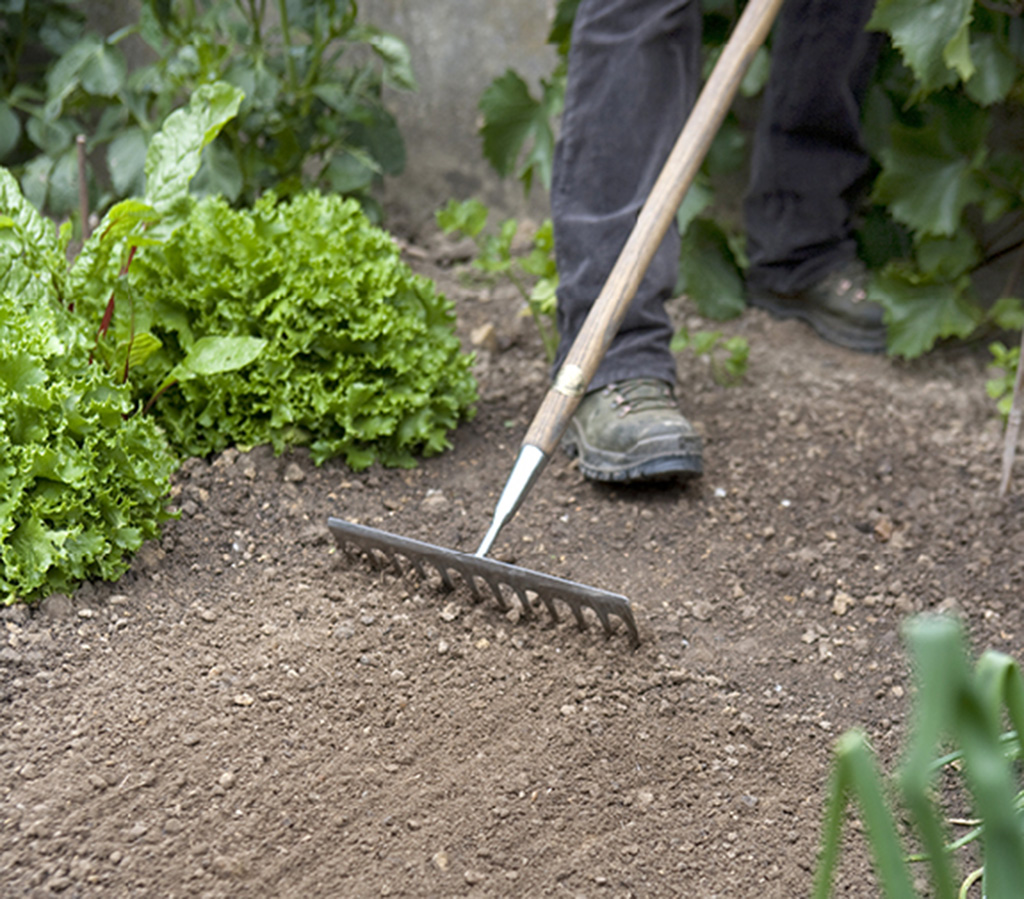
Rake the bed to create a smooth surface before sowing your green manure crop.
Planting and Digging In
Choose a manure that will thrive in your soil and benefit the crops you plan to grow afterward. For example, try vetch over winter to stabilize soils and increase the nitrogen content for leafy crops sown afterward. Fast-maturing crops such as phacelia or mustard are good choices for bare ground that may be overrun with weeds in between crop sowings, while black medick and fenugreek are ideal between slow-maturing crops such as sweet corn.
When you have made your choices, prepare a bed by removing the weeds and lightly treading down the soil. Rake to create a smooth surface, then sow the seeds, scattering them evenly. Large plants such as buckwheat and field beans are best planted in rows. Use a rake to cover the seed and water well.
Dig in plants three to four weeks before you want to sow or plant a crop, or as the green manure starts to mature and before it sets seed. Turn the plants over and cover them with soil, using a sharp spade to chop up clumps. Bury them no deeper than 6in (v) on heavy clay or 7in (18cm) on sandy soils. Alternatively, if you prefer not to dig the soil, leave spring- and summer-sown manures to die down over winter, or cover hardy plants with cardboard held down with stones, and leave the plants to rot in situ.

Microbes and invertebrates decompose green manures dug into the soil.
Making Compost | PLANTING GREEN MANURES
Choosing green manures
This list of green manures and their benefits will help you to choose those that are right for your soil and crop choices.

n Double-tap image to read the labels
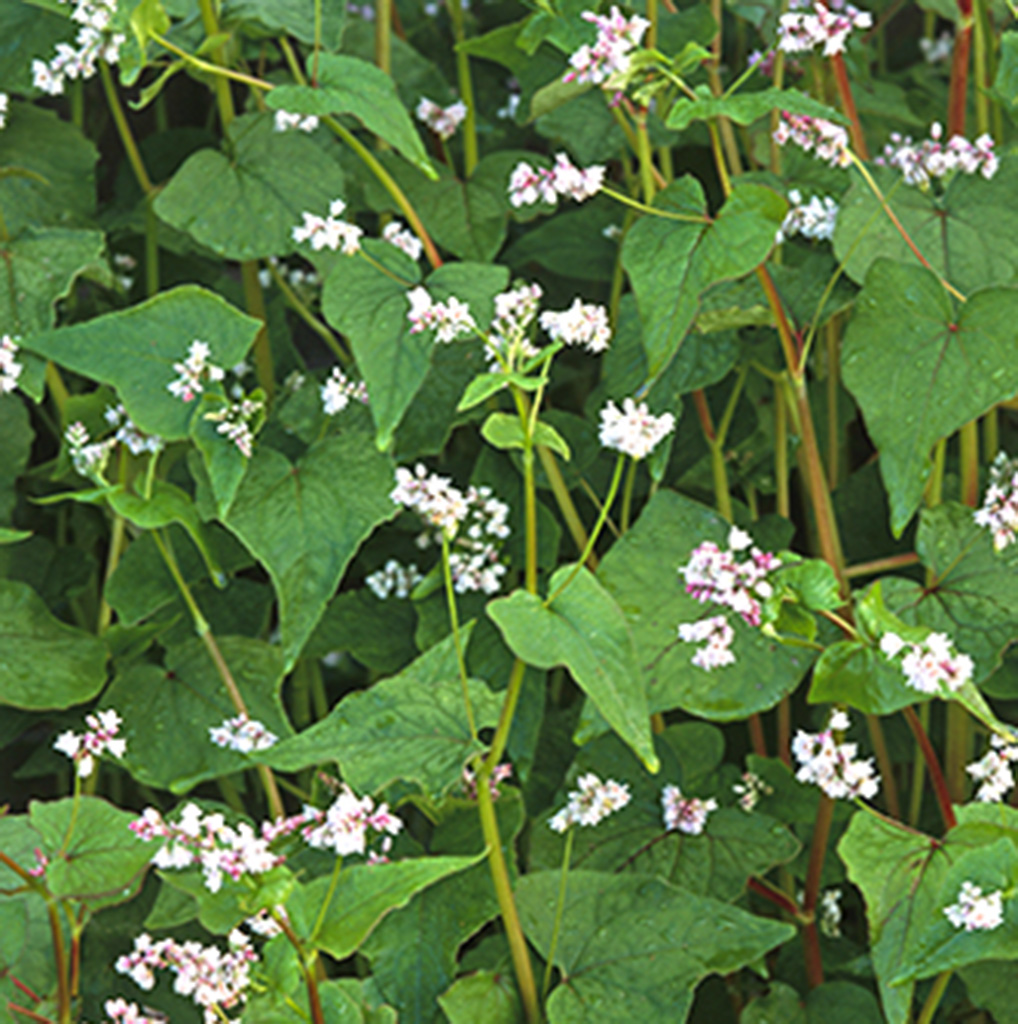
Buckwheat
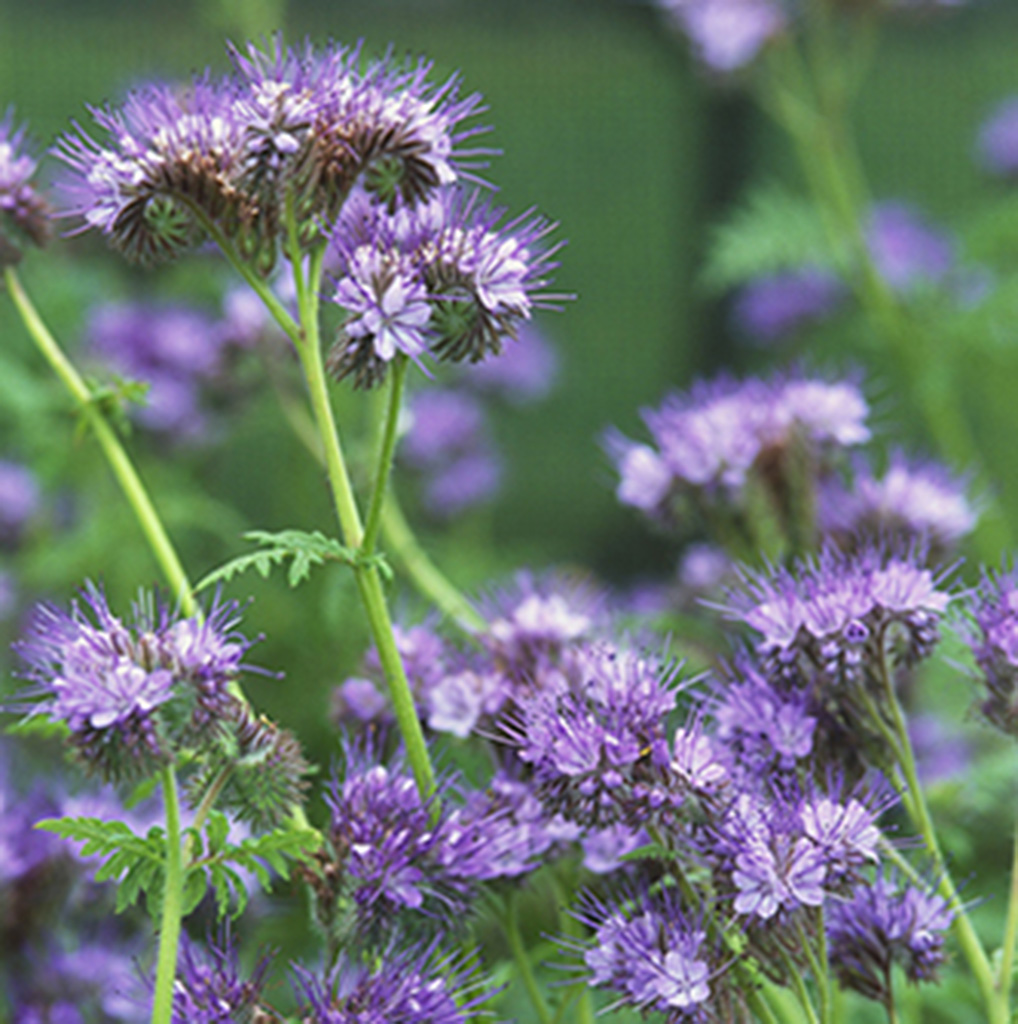
Phacelia
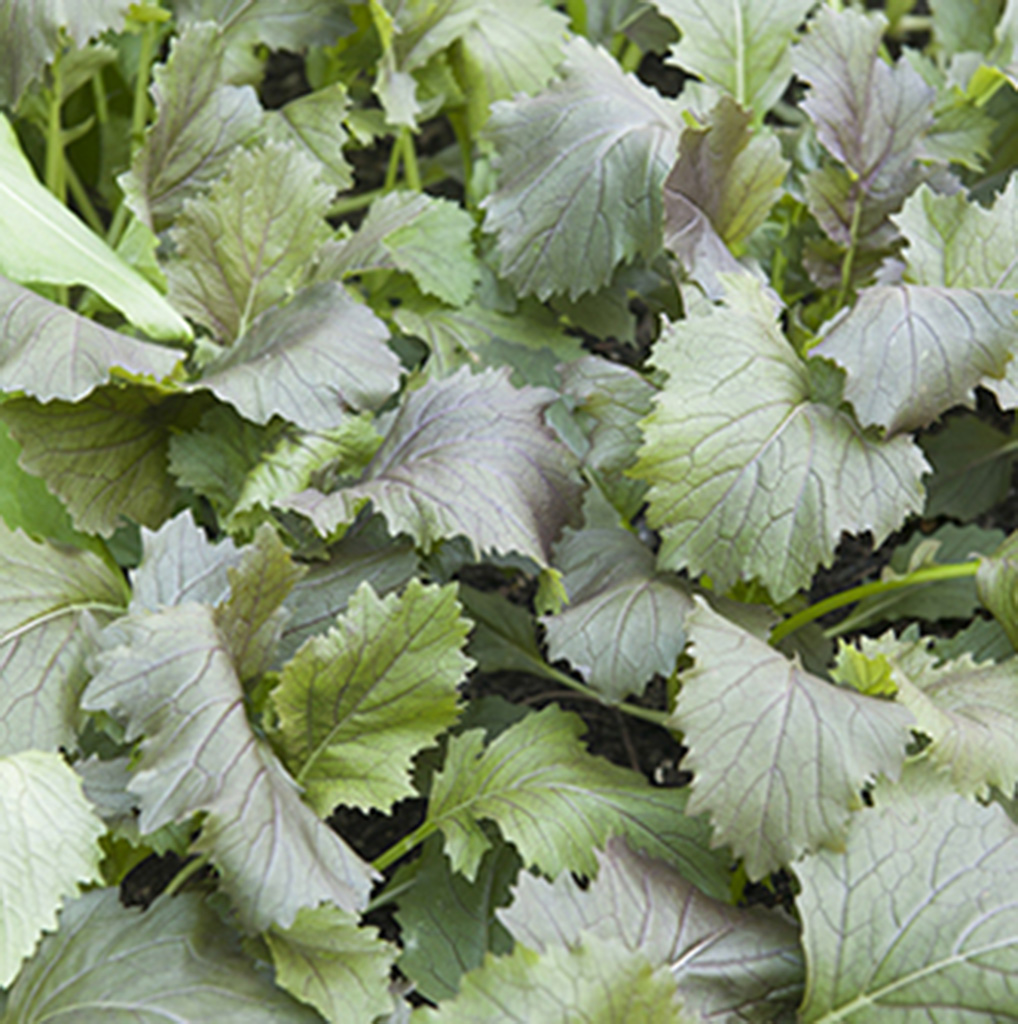
White mustard
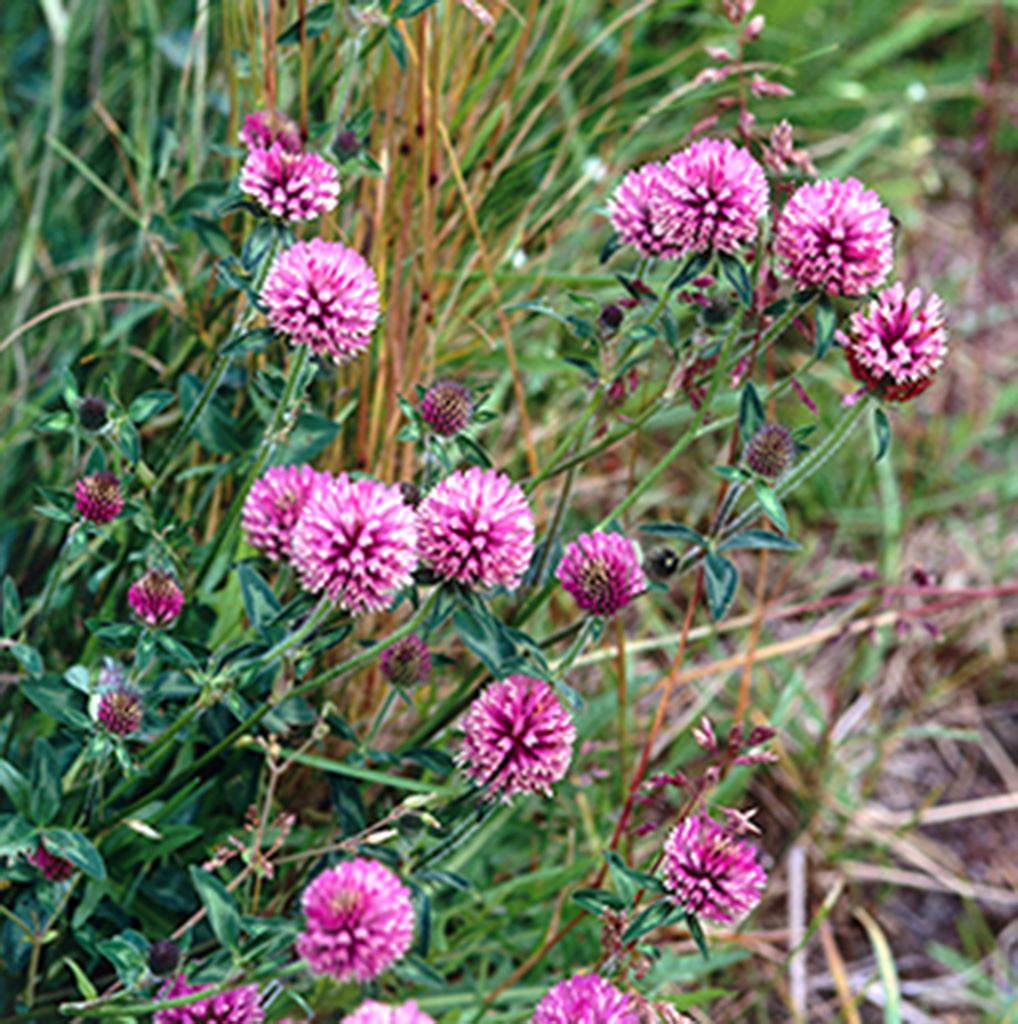
Red clover
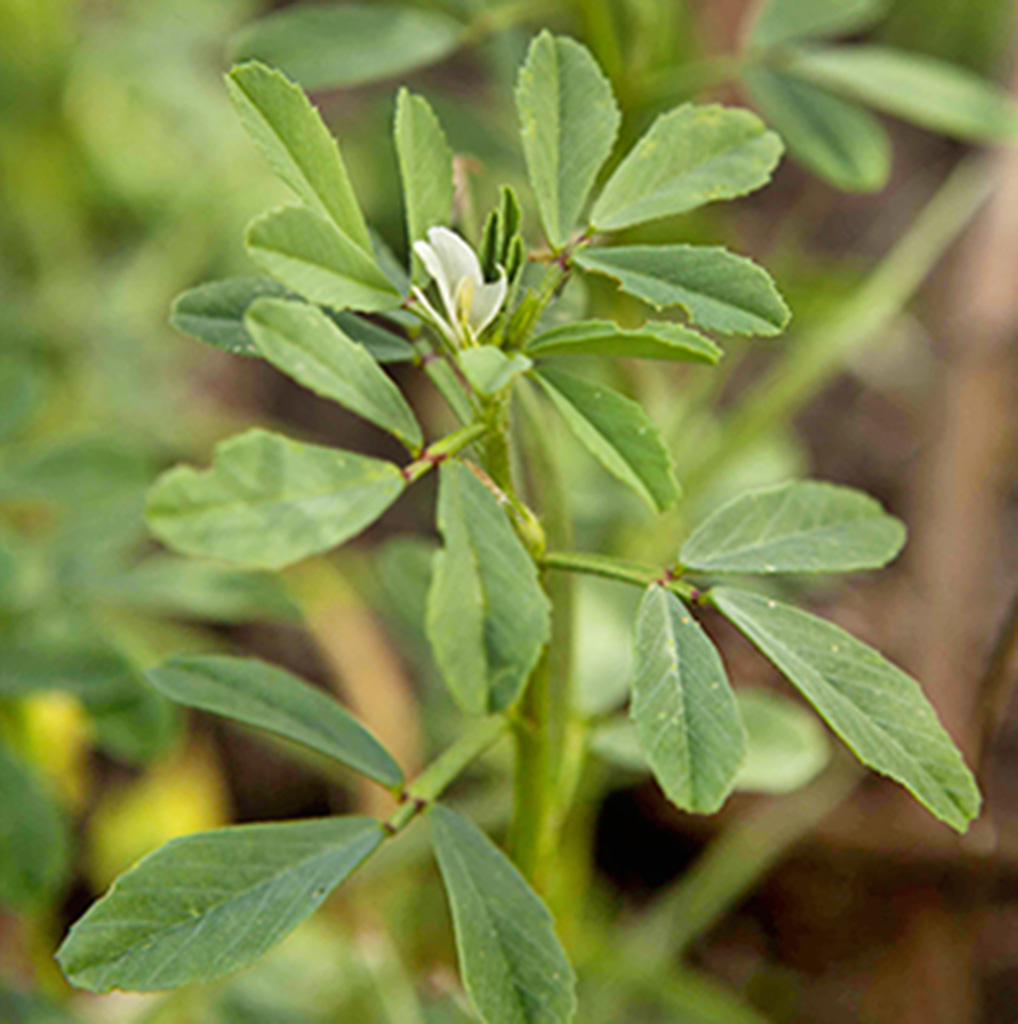
Fenugreek
